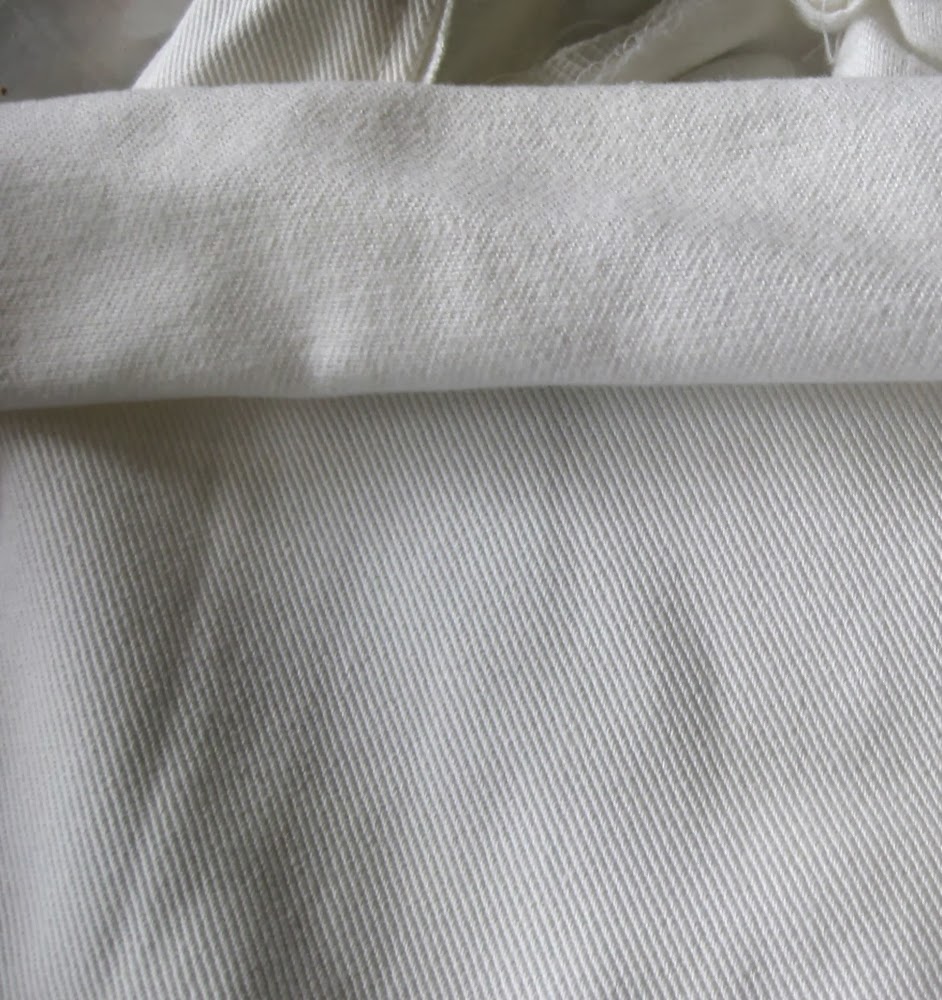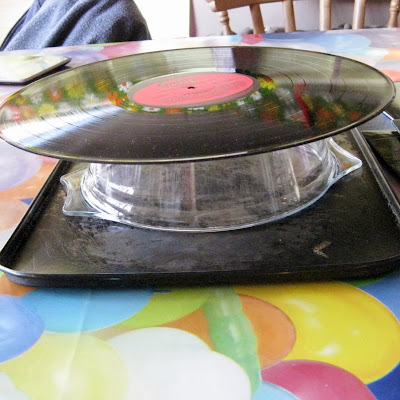Along with these changes I have been looking to focus my time and energies to be more efficient with my time to get results. I was trying to be all things to all people creating one off sewn items , which wasn't time or energy efficient, in doing this I felt I wasn't getting anywhere and had little to show for the time spent.
So I have taken a small step back researching what is selling in the market place but also wanting to stay true to my own designs not fighting for a place to stand out amongst 1000s of the same item.
In doing this I feel I have got my sewing mojo back I want to create and have found a way to be more productive and most importantly proud of what I have produced.
Firstly tackling the originality, as well as sewing I love to draw so have combined the two with these embroidered purses available here in my Etsy shop, there will be more of these unique purses to come.
I can cut them the boring bit, anyone who says they love cutting out fabric rectangles is lying , in multiples and have them ready to go when creative inspiration strikes.
Secondly I have for the time being removed items from my Zibbet shop, to allow me to focus in one area my Etsy Shop.
Now here is the really efficient bit that I am still working on but feeling really excited about .
Remember I said I want to be time and energy efficient but still creative and focused , well let me show you how this is going , check out the picture below.
Yep, she is showing me fabric rectangles I here you say, well these are not just fabric rectangles they are multifunctional rectangles that have inspired my creativity, it is not the fabric pattern but the size that has inspired me.
From one size of rectangle I can create various types of products and variations on a product.
Let me show you some examples so far .
 |
| A credit card Wallet |
 |
| Zippy wallet |
 |
| Zippy wallet |
The above are examples of items I have created from that rectangle of fabric, the purse may have zips and a magnetic snap and be folded in a different way , but the fabric pieces used to create it are the same size as the credit card holder.
This way I can be more productive cutting rectangles of fabric all ready , to make into what I fancy making that day.
I am also working on different variations, the zippy wallet could have an extra pocket on the front cutting a rectangle into thirds, it could have a wristlet strap cutting the rectangle longways and folding.
I think by narrowing my focus and options and thinking I only have this size of fabric to work with , I have actually forced myself to be more creative with less, weird isn't it how the mind works.
I am not saying I am never going to create anything that doesn't use the same fabric pieces, but I will use this method to focus my efforts and creativity.
You can keep an eye on my creative outpourings in my Etsy Shop



























